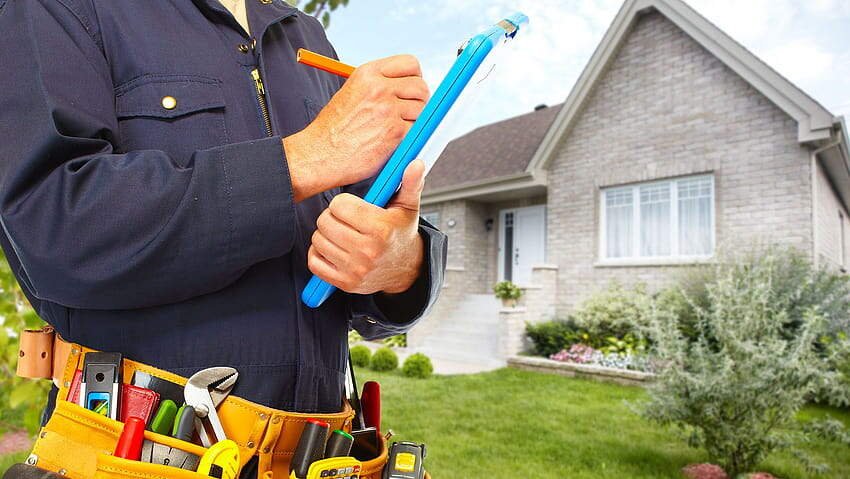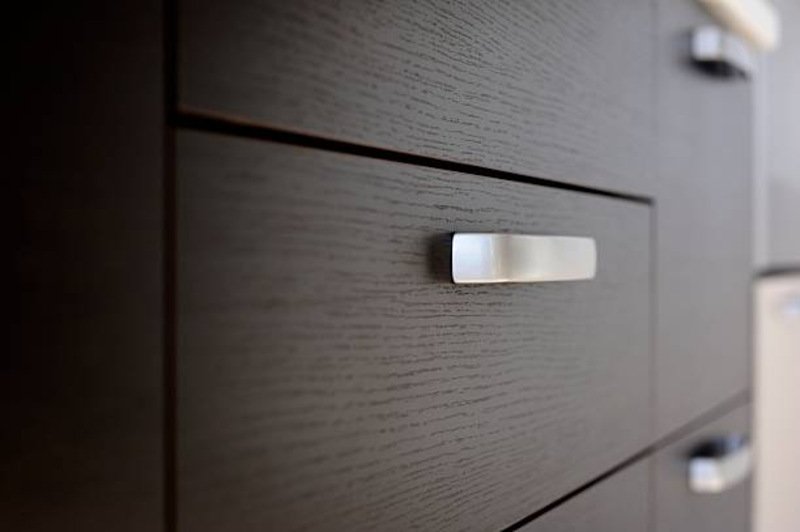At some point in your homeownership, your house is going to need repairing. You’re going to have to patch up a leak in your roof. You’re going to have to call in an HVAC expert to fix your furnace. You’re going to need to call up a plumber to clear a stubborn clog in your kitchen sink. You’re going to face lots of different repairs — and you’re going to have to find a way to pay for them.
So, what can help you prepare for these inevitable repair costs? Here’s a brief list.
Homeowners Insurance
Every homeowner has to sign up for homeowners insurance. Homeowners insurance is meant to help you cover the costs of repairing damage resulting from situations like housefires and burglaries. Check your insurance policy to see what situations you can expect to get coverage for, along with the situations that are exempt from any coverage.
One common exemption from homeowners insurance coverage is overland flooding. So, if you’re facing a lot of water damage because floodwaters made their way inside your basement, your homeowners insurance won’t help you. However, you can fill this coverage gap by signing up for flood insurance — this is a good idea if you live in an area that is at high risk of flooding.
Homeowners Association (HOA)
Are you part of a homeowners association? This could come in handy when you’re in need of repairs. HOAs for townhomes will often provide maintenance and repairs for exterior elements, like roofs, exterior walls and driveways. So, your HOA could help cover the costs of this work!
Your HOA is not likely to provide any help for repairs required inside your house — that’s considered the resident’s responsibility. It may also have exceptions regarding the type of external repairs it will cover for residents. For instance, the association may agree to repair your roof after a nasty hailstorm, but it will not help with repairs for damaged windows and doors.
Check your HOA’s Declaration of Covenants, Conditions and Restrictions (CC&R) for details on what maintenance and repairs it will and won’t cover for residents. If the details in the CC&R aren’t clear, discuss the issue with your board to see what it’s willing to do. It could help you.
Home Warranty
Are you signed up for a home warranty? A home warranty should offer you discounted rates for all sorts of household repairs. There will be limitations on what you can get repaired and how much will be covered, but you can expect your plan to give you reduced rates for eligible repair services.
Plus, you won’t have to spend any time searching for the professionals making the repairs. The warranty provider will find those professionals for you.

Emergency Fund
In some cases, you will need to pay for your repairs out of pocket. Even if your home warranty covers the majority of the repair costs, you still might still have to pay for a deductible (sometimes called a service fee) before the problem is resolved. If the repair is covered by your homeowners insurance, you will also have to pay a deductible in order for it to go through. A fully stocked emergency fund should help you with this.
An emergency fund is a personal collection of savings meant for urgent, unplanned expenses that are outside of the boundaries of your budget, including household repairs. You should keep your emergency fund in a savings account, where the funds will be secure and easily accessible. This will allow you to respond to emergencies quickly and make a withdrawal at a moment’s notice.
How much should be in an emergency fund? You should aspire to have a considerable sum stored away in your emergency fund. You might want to follow the 1% budgeting rule. Try to save 1% of the home’s purchase price for maintenance and repairs. Or you can follow the general rule of thumb for emergency funds: save 3 to 6 months’ worth of your expenses inside.
HELOC
A home equity line of credit (HELOC) is a secured loan that is only available to homeowners who have built a significant amount of home equity over the years. They will be able to borrow against that home equity in the form of a revolving credit account, which they can repay and reuse over and over again.
If you happen to have a HELOC, you can withdraw from it in order to pay off home repairs. You should only do this when other solutions are not available, such as insurance claims, home warranty claims or emergency savings. And you should only make a withdrawal when the balance on your line of credit isn’t too high. You don’t want to risk maxing out the entire line of credit and making repayments too difficult for yourself.
Other Credit Tools
You can turn to other credit tools as backup plans when the above options aren’t available to you. One credit tool is your credit card. Charge the emergency repair to your credit card and then pay down the balance over the course of the usual billing cycle. Much like the HELOC, you should only do this when your card’s balance is nowhere close to the set limit. You don’t want to risk maxing out the credit card and making repayments a struggle.
Another credit option is a personal loan. You do not have to book an appointment at your local bank branch to apply for a personal loan — you don’t even have to leave your front door. Embrace the popularity of loans by phone and see whether you can do the application in the comfort of your home. With an approved loan by phone, you can use borrowed funds to cover the costs of your household repairs in a short amount of time. And then, like your credit card, you can follow a straightforward repayment process through a billing cycle.
Final Words
These credit tools are not meant to be your first resort in emergencies. Only use them when you’ve realized all other solutions aren’t available.
All of these safety nets should help you handle household repairs whenever they arise. Use them and get your house back to normal!
Recommended Posts:
















